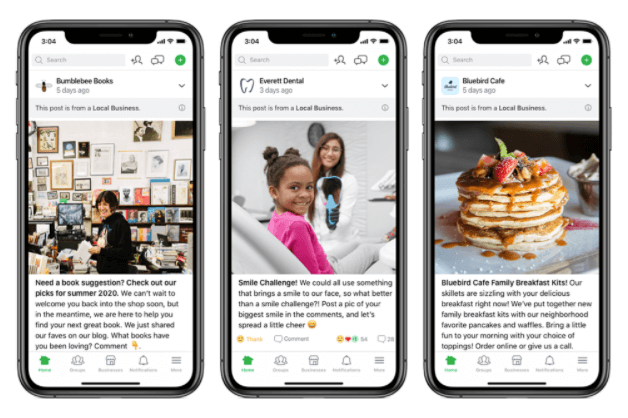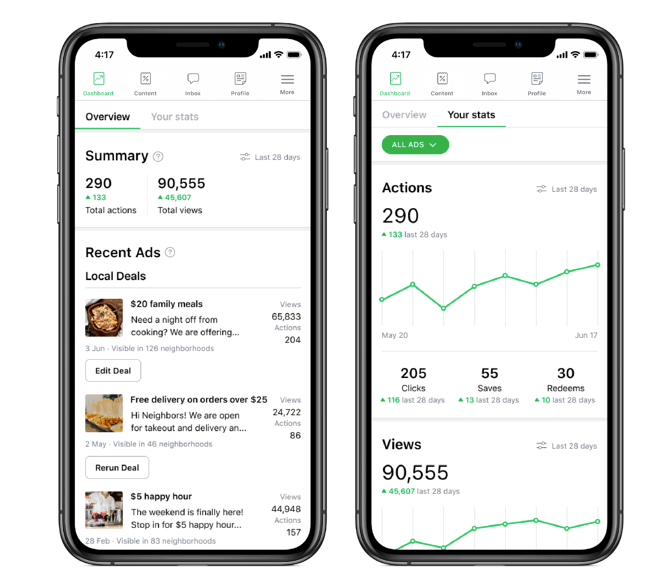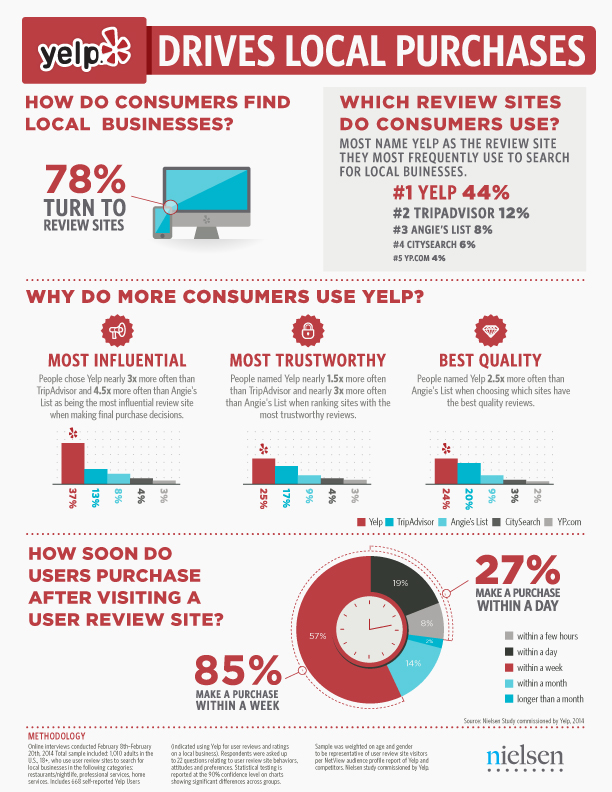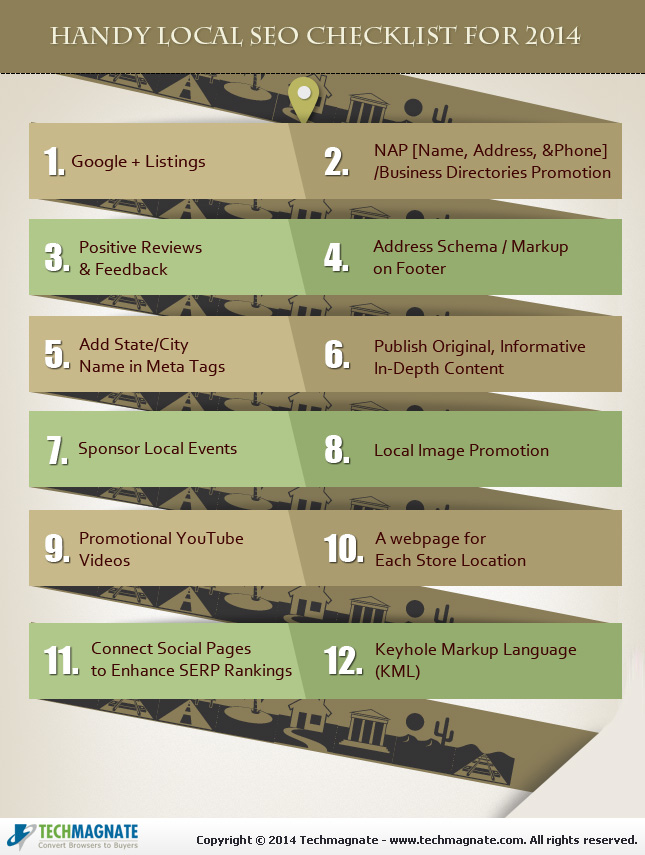The popular hyper-local community app Nextdoor is introducing new ways for local businesses to connect with their nearby audience. Starting this week, the service is launching “Business Posts” which appear in the Nextdoor neighborhood news feed.
Additionally, the company is promising a suite of tools and analytics is coming in the near future for businesses running ads or organic posts.
How Do Business Posts Work?

For the most part, Business Posts are extremely similar to the typical organic posts any user can make on the platform. Once a brand has claimed a local business page, they can create posts which can include pictures with a full description. Just as with a typical post from users, others can then “Thank” or comment on the posts.
Just looking at the posts, the most obvious difference is that Business Posts include a label which informs users that “this post is from a Local Business.”
Behind the scenes, there are a few other limitations which may frustrate some businesses.
For now, Business Posts will only reach users within two miles of your listed business address. So far, the brand has remained mum on whether they are considering changes or options for brands that operate with a service area that may not directly correspond with their physical address.
Interestingly, the platform also says they will consolidate posts from multiple businesses into a single carousel post when five or more Business Posts are queued in the neighborhood feed at once.
Another important detail is that brands only get two Business Posts per month for free. The phrasing of the announcement implies that brands may soon be able to pay to create more frequent posts, but the company has not offered any details about this prospect.
How To Make The Best Nextdoor Business Post
To help brands make the most of this new feature, Nextdoor also released a number of examples and recommendations in a companion post.
Among the tips, Nextdoor says:
- Posts with at least 5 recommendations have 30% higher engagement
- Post between 5 – 7 pm receive higher engagement
- Posts on Thursday and Friday see more engagement than weekend or early-week posts
- Post at least once every two weeks
- Posts with photos and business pages with profile photos are more visited and have greater engagement
Analytics is Coming

Currently, Nextdoor offers next to no tools for tracking or analyzing the reach and engagement of business-related posts. That will change later this month, though, as the platform launches its own business owner dashboard with tools for measuring the performance of both Local Deals ads and Business Posts.
These will include details on the number of users who have viewed, clicked, or recommended your posts.



 Small businesses are constantly tasked with making the most of the limited resources they have. If you are handling your online marketing within your company, chances are you are putting a significant amount of resources towards your marketing. While marketing obviously costs money, it also costs time and effort from workers and you likely aren’t getting the results you really want from your efforts.
Small businesses are constantly tasked with making the most of the limited resources they have. If you are handling your online marketing within your company, chances are you are putting a significant amount of resources towards your marketing. While marketing obviously costs money, it also costs time and effort from workers and you likely aren’t getting the results you really want from your efforts.
 If you don’t have a website for your small business, you are certainly missing out on potential business and growth for your company. But, some business owners are nervous about branching out and getting online because they are afraid to lose money on a venture they don’t entirely mistake.
If you don’t have a website for your small business, you are certainly missing out on potential business and growth for your company. But, some business owners are nervous about branching out and getting online because they are afraid to lose money on a venture they don’t entirely mistake.



